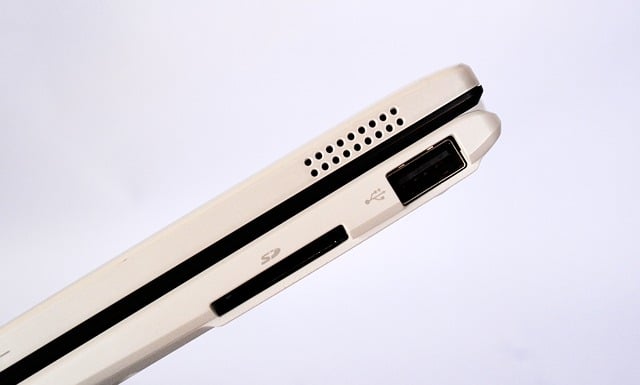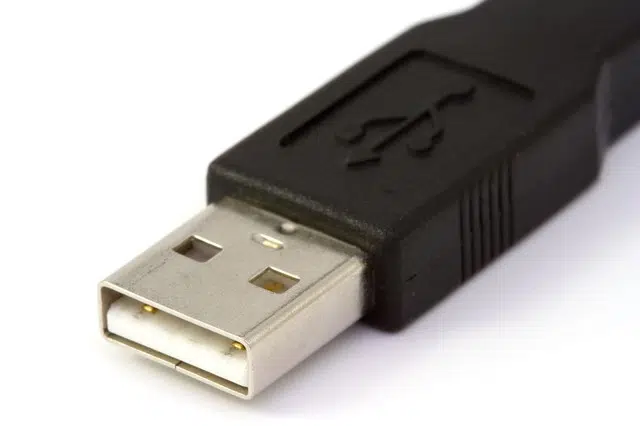
A USB port makes it possible to connect different devices to each other.
Port is a notion with several uses. In computing , the term is used to name a type of connection that makes it possible to send and receive information. USB , for its part, is the acronym for Universal Serial Bus , an interface that allows the connection of peripherals to various devices, including computers and mobile phones.
The USB port , therefore, is a component that has the purpose of connecting different devices to each other. A printer, a mouse, a webcam and speakers are some examples of peripherals that can be connected to a USB port, without forgetting the increasingly popular external hard drives and classic memory keys (pendrives).
Although there are various adapters, it is best to use devices that have a USB connector to facilitate the connection and transfer process. The USB port can be understood as an input into which only those devices with the appropriate plug can enter. Just as there are certain mouse models that can be connected to a USB port, other types of mouse have different characteristics and must be connected to another port ( PS/2 ).
Advantages of the USB port
One of the great advantages of the USB port is that it does not require restarting the system to recognize that a peripheral has been connected. In this way, the device in question can be connected and used ( plug-and-play ).
USB technology also has the ability to detect the computer program that is needed for the device to work, automatically proceeding to install it. Among the most questioned aspects of the USB port, however, is its reduced bandwidth to transfer data.

A phone can be connected to a computer thanks to the USB port.
Generation 3.1
It should be noted that there are different USB ports according to the transfer speed they support, with USB 3.1 being the fastest until a few years ago. Most current devices have adopted this version, although others, for economic reasons, continue to rely on the previous generation (2.0).
The USB 3.1 port offers a considerable improvement in speed, exceeding its predecessor almost twenty times , allowing transfers of up to 10 Gbps (giga bits per second), which is approximately equivalent to transferring the contents of two CDs per second. from one device to another. This standard, as well as 3.0, which stood out at the time for its 5 Gbps speed, is absolutely backwards compatible in its original format, characterized by the blue connector.
The USB port and backward compatibility
Backwards compatibility is a very important factor in the world of computing and electronics in general, since users usually invest large amounts of money to stay up to date; If companies ignored this reality and launched incompatible products each year, it would be equivalent to forcing their consumers to buy them so as not to be left behind, which would result in the loss of their trust and respect.
But backward compatibility is not always possible , and from time to time it is necessary for companies to adopt new and revolutionary formats to offer their users truly innovative and beneficial products. This seems to be the case of the USB-C connector , which is based on the 3.1 specification but aims to leave behind the large number of connectors on the market , which generates a lot of confusion for consumers.
The USB-C port is characterized by having a small connector, which allows it to be used on any device. In addition, it is capable of transmitting any type of signal, from data to energy ; For example, there are laptops that no longer require a special port for the charger, because they take advantage of USB-C. In the case of mobile phones and tablets, since USB-C supports up to 100W of power , it is possible to charge several at the same time.
